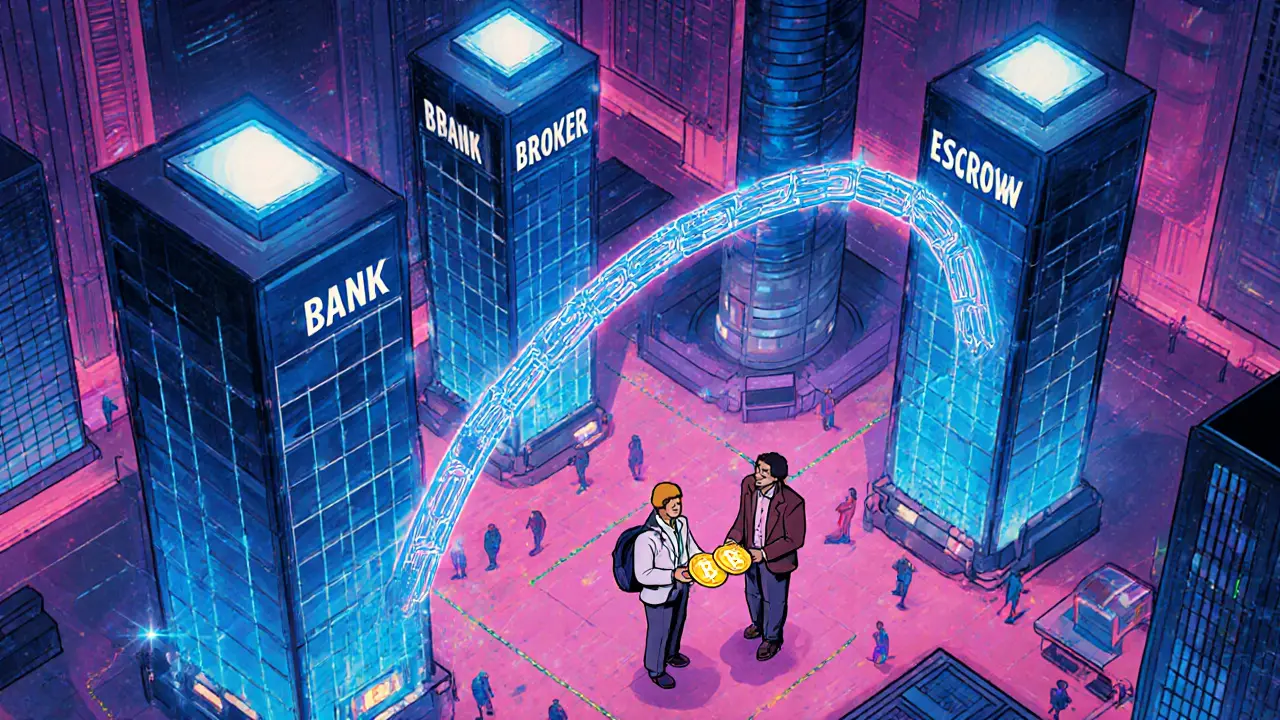Blockchain Use Cases
When exploring blockchain use cases, the practical ways that distributed ledger technology solves real‑world problems across finance, supply chain, identity, and more, you quickly see how the tech moves from hype to everyday tools. Blockchain use cases aren’t just buzz; they’re the engine behind decentralized finance, secure voting, and cross‑border payments.
Key Concepts Shaping Modern Applications
One cornerstone is blockchain bridges, protocols that let assets travel between separate chains while preserving security, which power multi‑chain DeFi strategies. Another driver is on‑chain data mining, the extraction and analysis of transaction history to reveal market trends, risk signals, and compliance insights. Both tools enable blockchain use cases that were impossible a few years ago.
Emerging decentralized physical infrastructure networks, often abbreviated as DePIN, blend real‑world assets like wireless towers or storage facilities with token incentives, opening new revenue streams for participants. Meanwhile, blockchain forensics, the investigative methods agencies use to trace illicit flows and enforce sanctions adds a compliance layer that reassures regulators and businesses alike. Together, these entities illustrate how blockchain use cases span innovation, security, and regulation.
Below you’ll find a curated set of articles that dive deeper into each of these themes, from bridge security reviews to step‑by‑step guides on mining on‑chain data, giving you actionable insights for your own projects.
Explore how blockchain removes intermediaries across finance, supply chain, advertising, and music, with benefits, challenges, and a step‑by‑step guide for businesses.
More